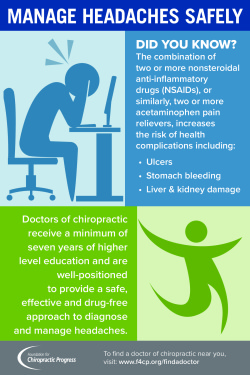Typical Daily Behaviors That Trigger Pain In The Back And Tips For Preventing Them
Typical Daily Behaviors That Trigger Pain In The Back And Tips For Preventing Them
Blog Article
Article Writer-Bates Landry
Preserving correct stance and avoiding usual challenges in everyday tasks can considerably affect your back wellness. From how you rest at your workdesk to exactly how you raise hefty items, small modifications can make a huge difference. Imagine a day without the nagging pain in the back that hinders your every move; the service may be easier than you believe. By making a couple of tweaks to your daily habits, you could be on your way to a pain-free presence.
Poor Position and Sedentary Way Of Living
Poor position and an inactive way of living are 2 significant factors to neck and back pain. When you slouch or hunch over while resting or standing, you placed unnecessary strain on your back muscular tissues and back. This can result in muscle mass discrepancies, stress, and eventually, persistent neck and back pain. Additionally, sitting for extended periods without breaks or physical activity can compromise your back muscular tissues and result in stiffness and discomfort.
To fight poor pose, make an aware effort to sit and stand directly with your shoulders back and aligned with your ears. Keep in mind to maintain your feet flat on the ground and prevent crossing your legs for prolonged periods.
Incorporating routine stretching and reinforcing exercises into your day-to-day routine can likewise aid enhance your pose and ease back pain associated with an inactive way of life.
Incorrect Lifting Techniques
Incorrect training techniques can considerably contribute to neck and back pain and injuries. When you raise heavy things, keep in mind to flex your knees and use your legs to raise, rather than relying on your back muscles. Stay clear of twisting your body while training and keep the object close to your body to lower pressure on your back. hamilton heights therapist to keep a straight back and avoid rounding your shoulders while lifting to prevent unneeded stress on your spine.
Constantly examine the weight of the things before lifting it. If it's too heavy, request for aid or use devices like a dolly or cart to move it safely.
Bear in mind to take breaks during lifting tasks to provide your back muscles an opportunity to relax and avoid overexertion. By implementing appropriate training techniques, you can stop neck and back pain and lower the risk of injuries, ensuring your back remains healthy and strong for the long-term.
Lack of Routine Workout and Stretching
A less active way of life without normal workout and stretching can substantially contribute to pain in the back and pain. When additional resources don't engage in physical activity, your muscle mass come to be weak and stringent, causing inadequate stance and increased strain on your back. Normal workout helps strengthen the muscles that sustain your spinal column, enhancing security and reducing the threat of neck and back pain. Incorporating extending right into your routine can likewise boost adaptability, stopping tightness and pain in your back muscles.
To avoid back pain triggered by a lack of workout and extending, aim for a minimum of half an hour of modest physical activity most days of the week. Consist of workouts that target your core muscle mass, as a strong core can aid alleviate pressure on your back.
Furthermore, take breaks to extend and move throughout the day, especially if you have a desk job. Straightforward stretches like touching your toes or doing shoulder rolls can assist ease stress and stop neck and back pain. Focusing on regular exercise and stretching can go a long way in preserving a healthy and balanced back and decreasing discomfort.
Conclusion
So, keep in mind to stay up straight, lift with your legs, and remain active to stop neck and back pain. By making simple modifications to your day-to-day behaviors, you can avoid the discomfort and constraints that come with pain in the back. Care for your back and muscles by practicing excellent stance, proper lifting methods, and routine exercise. Your back will thanks for it!
